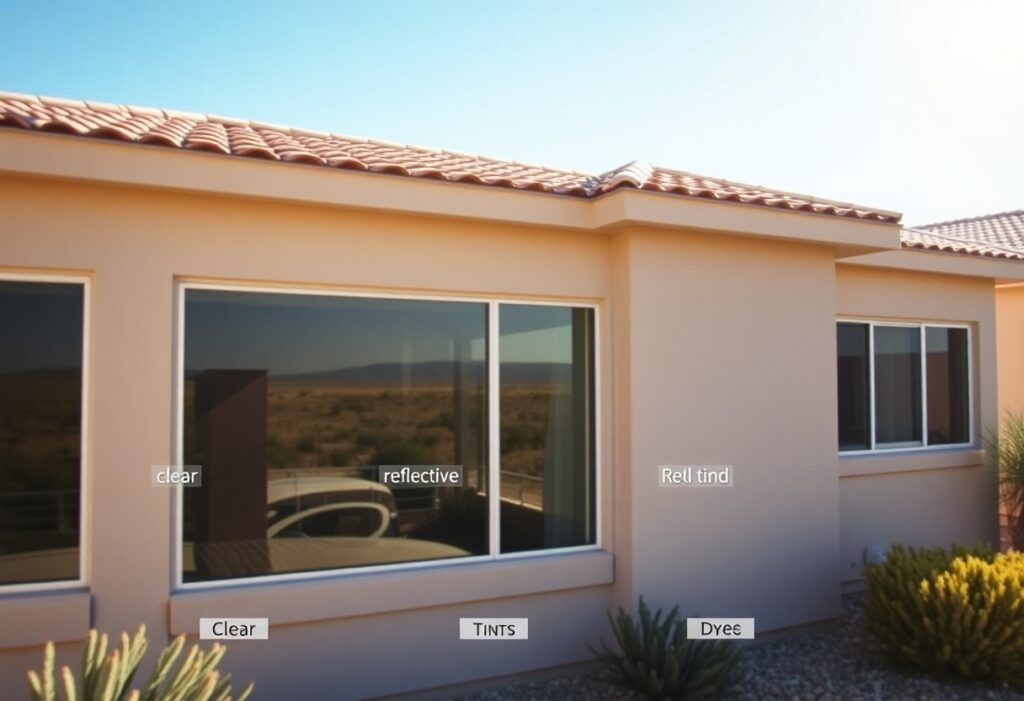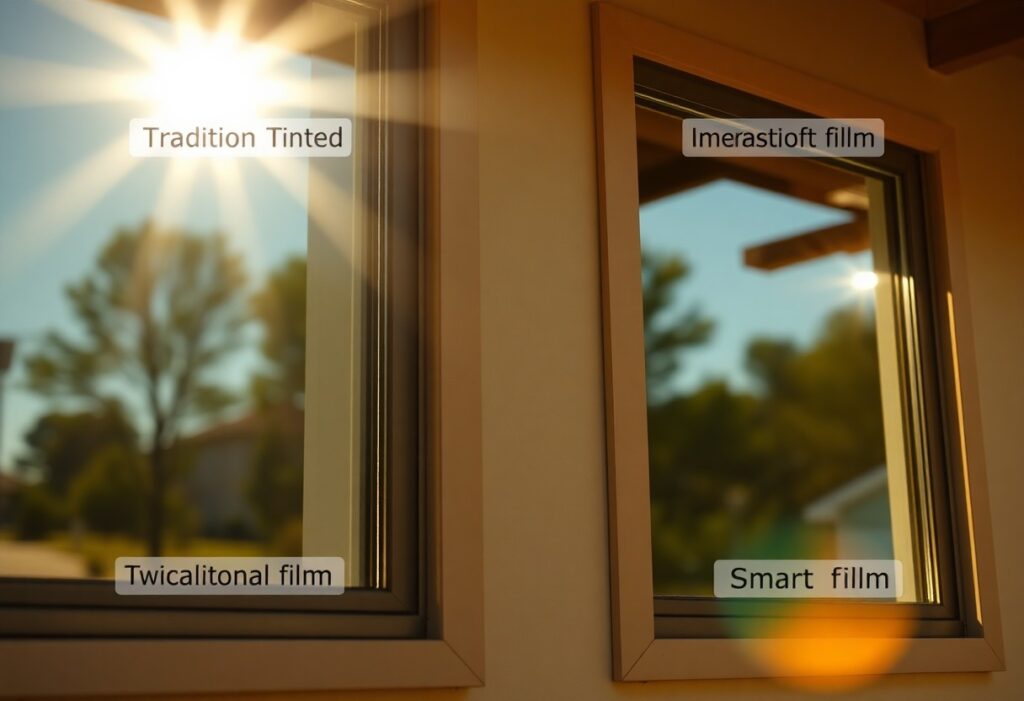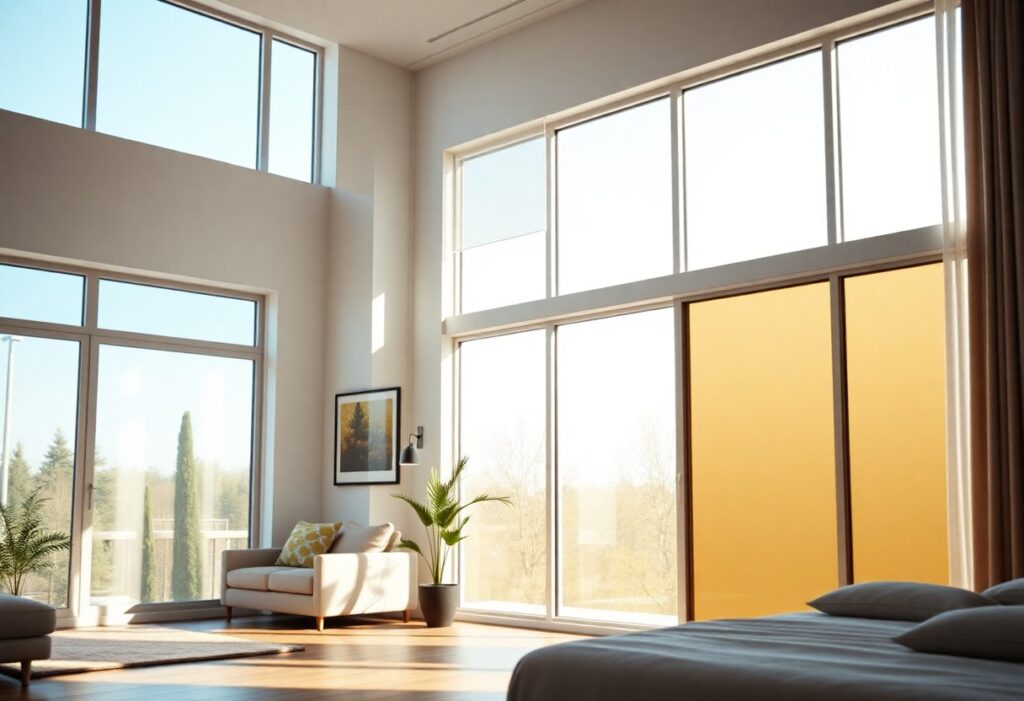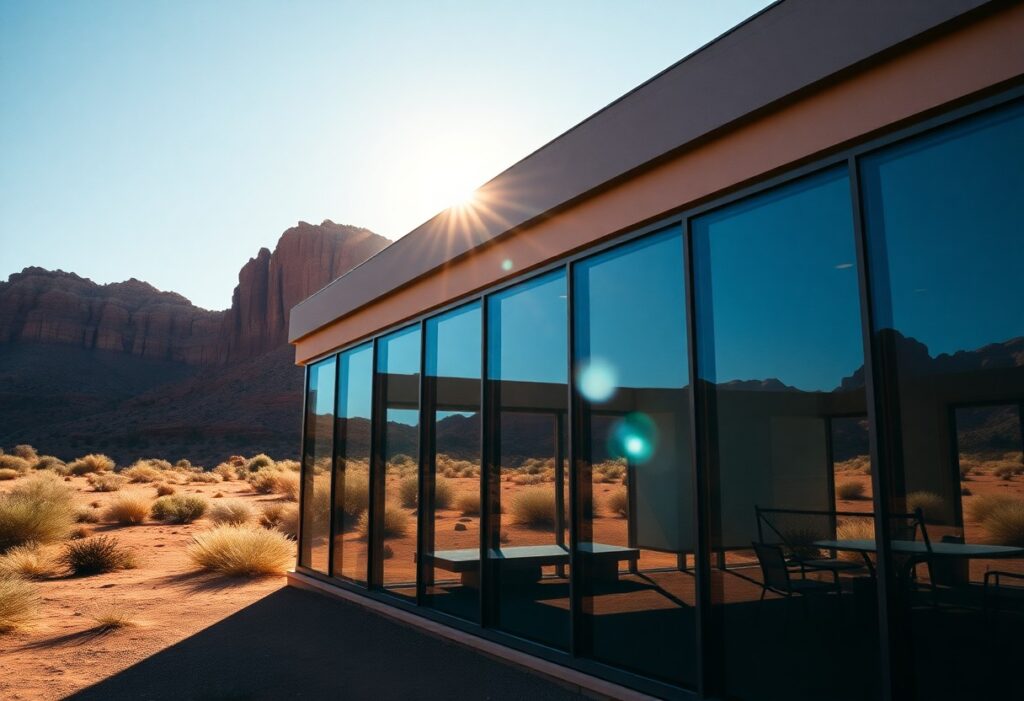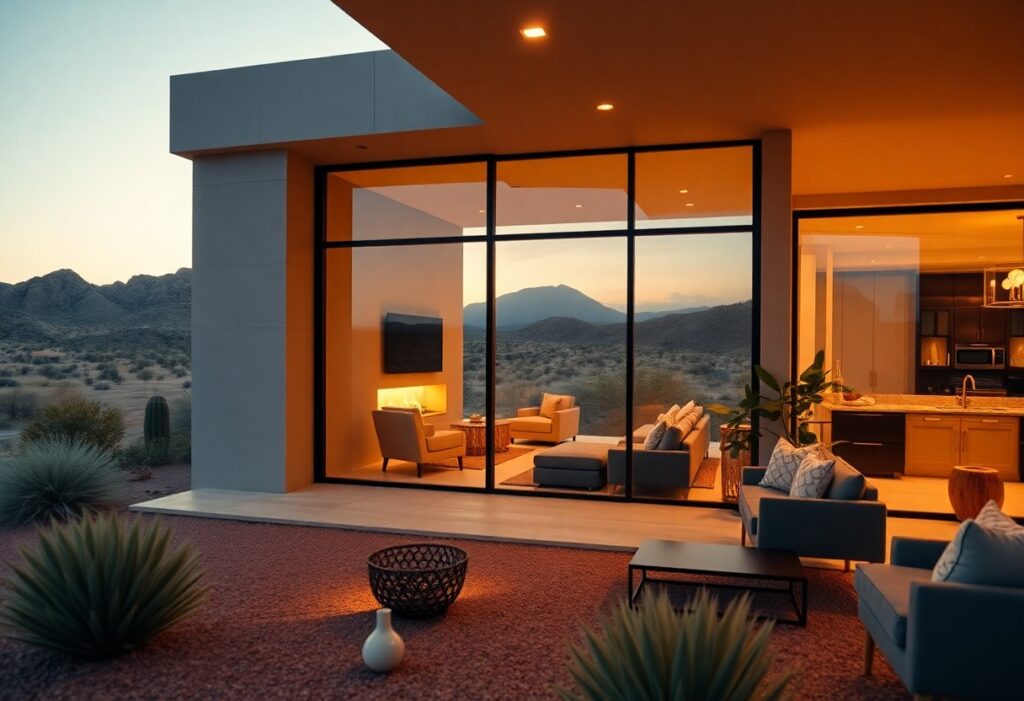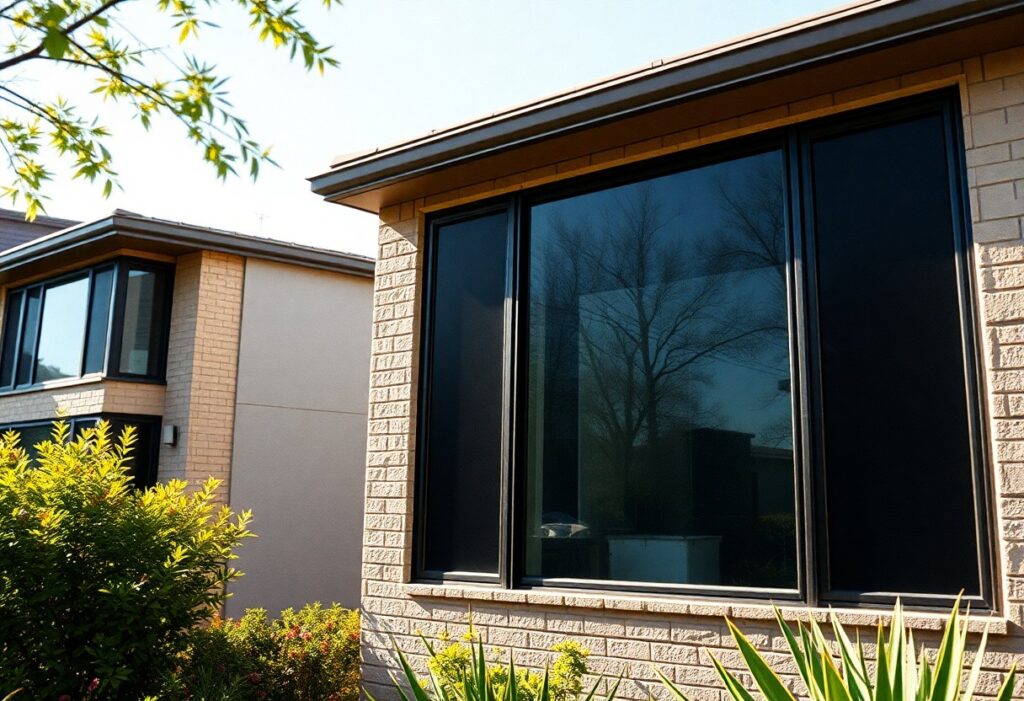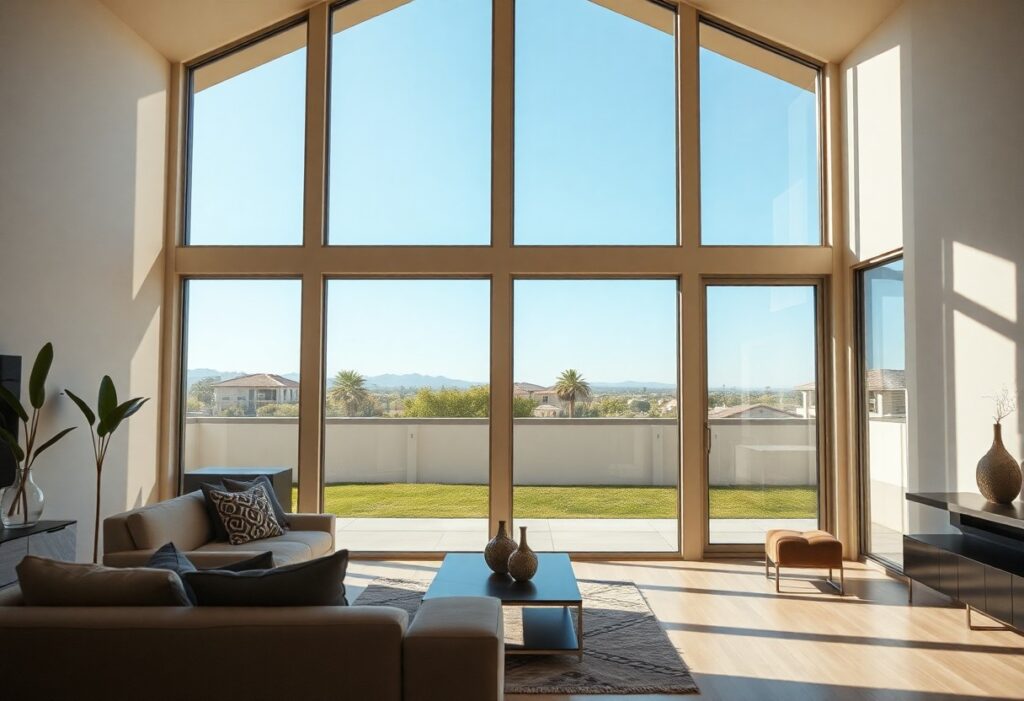The Complete Guide To Choosing The Right Window Tint For Your El Mirage Property
Just as you consider the style and comfort of your El Mirage property, choosing the right window tint is crucial for enhancing energy efficiency and privacy. This guide will walk you through the various types of window tints available, helping you understand their benefits and how they can cater to your specific needs. With the right information, you can make an informed decision that complements your home while providing protection from harsh sunlight and improving your overall living experience. Understanding Window Tint Window tinting involves applying a thin film to the interior or exterior of a window to reduce glare, heat, and UV rays. This enhancement not only provides energy savings but also enhances privacy and security. Selecting the right type of window tint can dramatically improve your home’s comfort and aesthetic appeal while also safeguarding your furnishings from sun damage. Types of Window Tint There are several types of window tint available, each serving unique purposes. Type Description Dyed Film Offers heat rejection and glare reduction, typically the most affordable option. Metalized Film Contains metal particles for increased durability and heat rejection. Ceramic Film Known for excellent UV protection while maintaining visibility. Hybrid Film Combines dyed and metalized film for balanced benefits. Security Film Strengthens your windows to resist shattering and break-ins. Any specific needs will lead you to the most suitable film type for your property. Factors to Consider Before Choosing Several factors must influence your decision on window tint. These include your local climate, the orientation of your windows, your privacy needs, and the legal regulations regarding tinting in your area. Understanding these elements helps ensure you select a tint that not only meets your functional requirements but also adheres to aesthetic preferences and local laws. Recognizing these factors can simplify your selection process and improve your overall satisfaction. Taking into account your specific requirements, including energy efficiency goals, sun exposure levels, and the intended aesthetics of your property, will guide your choice. Your home’s architectural style may also dictate your tint selection, ensuring it complements rather than clashes with existing elements. Always check local regulations for any restrictions on window tint to avoid potential complications down the line. Recognizing all these considerations will streamline your decision-making and enhance the effectiveness of your window tinting project. Step-by-Step Guide to Choosing Window Tint Step Description 1. Assessing Your Needs Determine your primary reasons for tinting, such as heat reduction, privacy enhancement, or UV protection. 2. Measuring Your Windows Accurately measure your windows to ensure a perfect fit for the tint film you select. Assessing Your Needs Begin by identifying the reasons for your window tinting project. Are you looking for enhanced privacy, reduced energy costs, or protection from harmful UV rays? Understanding your objectives will help you select the most suitable tint options, as different films cater to varying needs. Measuring Your Windows Start measuring your windows carefully, as accurate dimensions are vital for a proper fit. Use a measuring tape to record the width and height of each window, and note any obstructions such as frames or handles that may affect installation. Accurate measurements ensure you minimize waste and achieve a seamless appearance. Ensure to measure each window individually, particularly in older properties where window sizes can vary. Record your measurements in inches or centimeters, and consider drawing a simple diagram for reference. This detailed approach prevents errors during the purchasing process and guarantees that your chosen window tint fits properly, resulting in a polished, professional look once installed. Tips for Selecting the Right Tint Choosing the right window tint for your property can enhance comfort and aesthetics while providing energy efficiency. Consider factors such as your local climate, window orientation, and the purpose of the tint. Evaluate the level of heat reduction you need. Decide whether privacy or visibility is more important. Choose between various tint shades and reflectivity levels. Determine if you want a decorative tint or a functional one. Assume that you will also want a warranty and longevity to ensure lasting benefits. Seeking Professional Advice Consulting with a window tinting professional can provide you with tailored recommendations based on your specific needs. Experts can assess the structural aspects of your property, including window types and sizes, ensuring you select a product that performs optimally. They can also guide you through the installation process, saving you time and potential errors in DIY attempts. Considering Local Regulations Familiarizing yourself with local laws regarding window tinting is important to avoid fines and ensure compliance. Regulations can dictate the level of darkness allowed, the types of tints that can be used, and even specific requirements for different windows. Local regulations often vary significantly; for example, some areas may permit darker tints on rear windows but restrict them on front windows for safety. Additionally, certain color tints might be disallowed altogether. Checking your local DMV or government website can provide the necessary guidelines and help you select a tint that meets legal requirements, ultimately preventing costly fines or required removals in the future. Pros and Cons of Different Tint Types Type Pros & Cons Reflective Tints Pros: Excellent heat reduction, glare control; Cons: Can create a mirror effect, may reduce outside visibility. Non-Reflective Tints Pros: Maintains outside view, less stark appearance; Cons: Lower heat rejection compared to reflective options. Dyed Tints Pros: Cost-effective, customizable color options; Cons: Limited heat rejection, may fade over time. Ceramic Tints Pros: Superior heat and UV protection, does not interfere with electronics; Cons: Higher cost, fewer color choices. Hybrid Films Pros: Balanced heat rejection and visibility, versatile; Cons: May not offer the extreme benefits of pure ceramic or dyed. Reflective vs. Non-Reflective Tints Reflective tints are designed to bounce heat and light away, providing excellent glare control and privacy during the day. However, they can appear mirror-like from the outside, potentially affecting aesthetics. Non-reflective tints, on the other hand, maintain a more traditional look and allow for greater outside visibility, but might not offer as much in terms of heat rejection. Weigh

